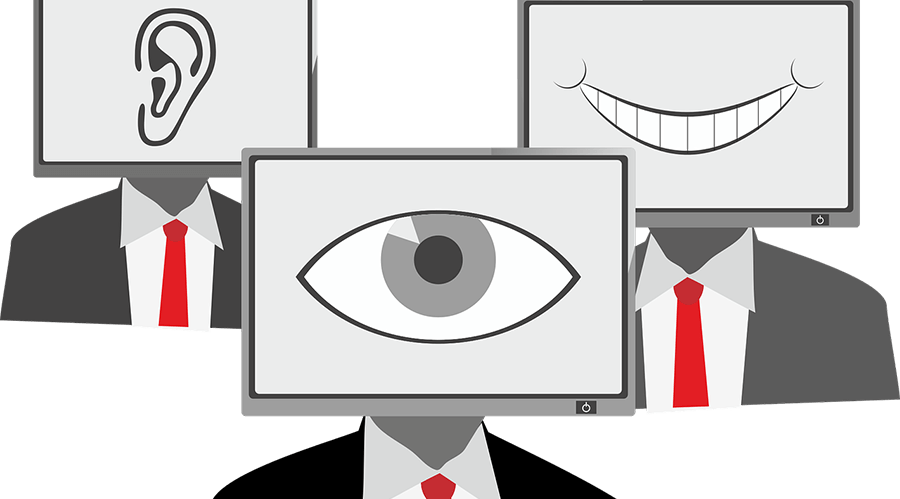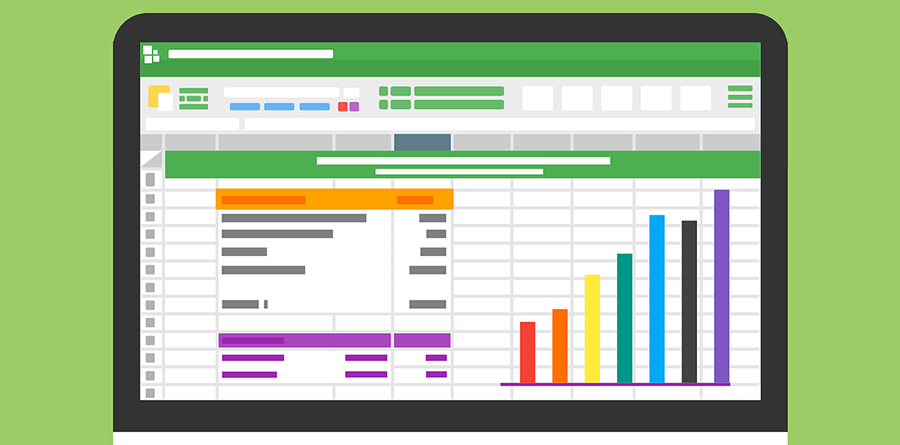How to Present Effectively to your Colleagues
See also: Personal PresentationSo, your next objective is to do a presentation at work? Maybe you are presenting at a meeting, to your boss, or even in front of investors, but the last thing you want to happen while doing so is to lack confidence or not be entirely sure of what you are trying to say.
After all, presentations should be interesting, but if you don’t know how to present properly, you may run into many issues, which isn’t something pleasant. Moreover, let’s not forget that providing an excellent presentation might not be as hard as you think.
In this article, we will look in-depth about how you can effectively give a presentation to your colleagues.
How to effectively present to your colleagues
1. Know who your audience is

No matter who you present to, you have to know your audience. Moreover, even when presenting to your colleagues, you should know where in the hierarchy they are. You can start to create your proposal with Pitch which will help you pitch your product, service, or any collaborative ideas you have with a collection of free proposal templates.
A presentation you give to a technical team won’t be the same as a presentation you would give to your manager, CEO, or something else. Moreover, you need to plan your presentation and shape your audience. For this case, you must dig deep and learn more about your audience.
However, the great news we can tell you is that you will present to your colleagues, so in this case, you most likely know more things about your colleagues. Just think about what they already know and what they are interested in knowing. In that case, you should learn more about them by asking what they are interested in learning more about or how they have heard about your work.
For example, ask yourself the following questions:
Are you going to present in a meeting room?
Or will it be on a stage in front of hundreds of employees?
Or, are you going to present in front of only a couple of colleagues?
Answering these questions will help you decide what you need to do further and what to expect before presenting.
2. Keep things simple
While you are planning your presentation, aim to keep things simple. Before you start the presentation, you should always aim to keep in mind the key message of your presentation is? What are you trying to tell your colleagues?
Your key message should be communicated briefly. For example, experts recommend you use the elevator summary, a 30-second speech you can use to carry out your message. However, your speech shouldn’t be longer than 15 words.
Whichever rule you want to use, your priority should be to keep your core message focused on your brief. Moreover, if what you are trying to say isn’t connected to your brief, avoid saying it and anything unrelated to your content.
3. Start to prepare
Whenever you are thinking about giving a presentation at work, you need to consider the following:
What are the presentation’s objectives?
How can you illustrate all the points you are saying with data and facts?
What type of information will interest your audience the most?
What do you want them to do and say after the presentation?
You are the person presenting, so you need to know what you want better than anyone in the room. Undoubtedly, you’ll have to answer questions after the presentation is over, so you need to be prepared to answer questions after the presentation is over.
4. Make eye contact

You can’t be successful in a presentation without making eye contact or only by making eye contact with one person in the room. It will look unprofessional and make you feel uncomfortable on your own. In fact, according to a study by Betterup, eye contact helps you focus on the presentation and read facial expressions.
In short, this helps the audience (your colleagues) connect to you and your presentation much more. Additionally, it helps you feel less nervous since you are talking to individuals and not an entire public (unless you have to).
Avoid turning the lights off and trying to hide yourself. Instead, the lights should be equally focused on you because your presentation wouldn’t be that valuable if you didn’t present it.
5. Gather the right data

After this your next duty is to gather the right data you need for your presentation. Then, you need to plan the ‘flow’ of your presentation and hit the main message and the key takeaways throughout the presentation.
Once you have all of your key objectives in mind, you can start gathering your slides and other material together, bringing your data together, objectives, and the type of format you are planning to use in the presentation, whether it’s going to be Google Slides, PowerPoint, a software, and more.
Additionally, don’t forget to prepare for your presentation out loud physically. Keep rehearsing and even do so with a mentor if you’re worried things may not go according to plan. Or you can even try rehearsing in front of your friends. By continuously doing so, you are helping yourself fight any anxiety you may have while presenting. The more you present in front of people, the more confident you will feel and feel more prepared.
6. Try to keep your presentation short and simple
You’re presenting in front of your colleagues, so you need to ensure your presentation is simple and easy to understand. This is no evening seminar or a speech that should take you an hour-long to complete or a lecture you are trying to tell on a Friday night out. So, keep it short and simple.
Short presentations are much appreciated and easier for people to remember. Also, let’s not forget that people's attention span has reduced over the years. According to statistics, the average attention span in 2000 was 15 seconds but has now shrunk to only 8 seconds!
Moreover, the ideal time you want to aim for when presenting a presentation is 20 minutes. If you have too much material to cover, try to simplify what you have to say and pack it into shorter sentences. You don’t need to show the extra data your colleagues don’t need to know.
Alternatively, suppose you want your audience to know more. In that case, you can print it out as a hard copy and pass it out to your colleagues after the presentation is over, or even send an email to the people interested in knowing more.
Furthermore, don’t include too much information on your slides, and try to use as few slides as possible.
7. Use the 10-20-30 rule
Guy Kawasaki initially formulated the 10-20-30 rule. The rule explains that an effective presentation should be ten slides long, last for 20 minutes, and have a font size of 30. Here’s why Guy Kawasaki came up with these rules:
Ten slides: Guy Kawasaki believes that ten slides are the ideal number every presentation should have. You don’t want to bore your audience with too many slides and make them lose interest throughout the presentation, so the ideal number of slides a presentation should have is only 10.
20 minutes: Since your presentation will only be for 20 minutes, ten slides is the ideal number of slides you need throughout this period. Moreover, nobody likes most of their time wasted, so 20 minutes should be enough for you to go through 10 slides. Then, even if the presentation is long, you can spend the rest of the time answering questions.
30 font size: Many are confused about this part but, according to Guy Kawasaki, you need to ensure that everyone in the room can read the text of the presentation. The further into the back of the room you go, the more difficult things get to read, so in this case, with a font size of 30, things will get easier.
Wrapping it up
That’s all for this article. These are our top tips on effectively presenting your presentation and what you need to know about presentations whenever you are presenting in front of your colleagues. Above all, it’s important to ensure your presentation is clear and simple to understand. Nobody wants to sit and listen to a boring and long presentation. That isn’t fun now, is it?
Apply Guy Kawasaki’s rule, and your presentation should be as attractive to your colleagues as it is to you!
